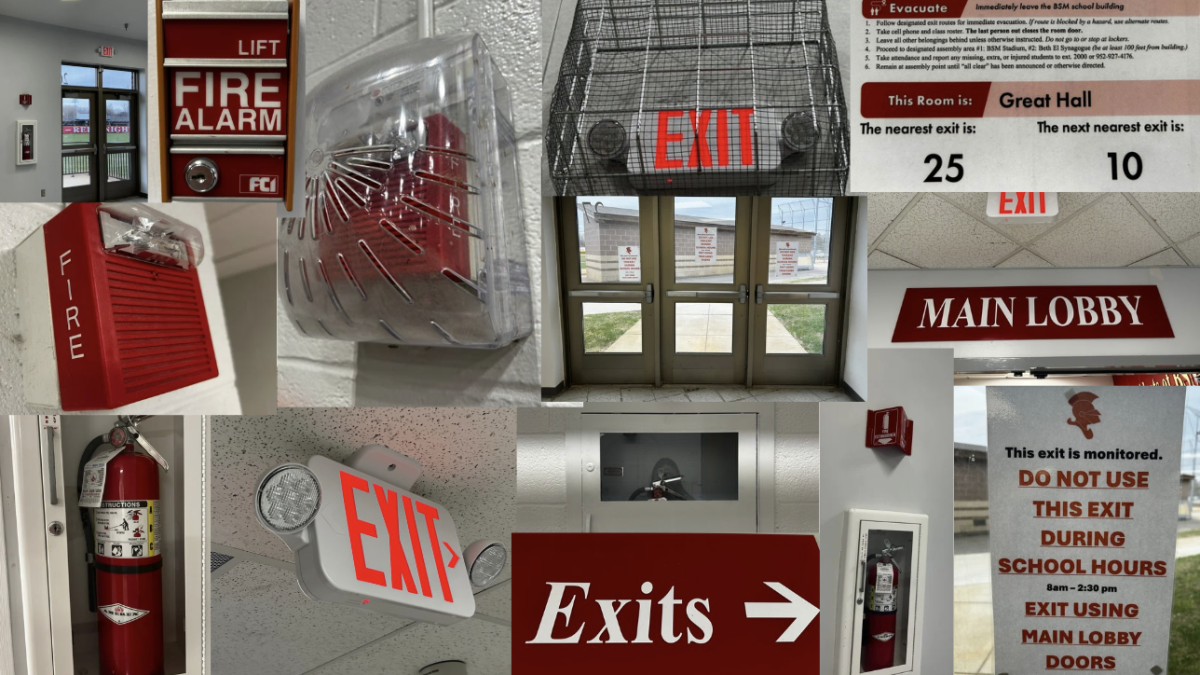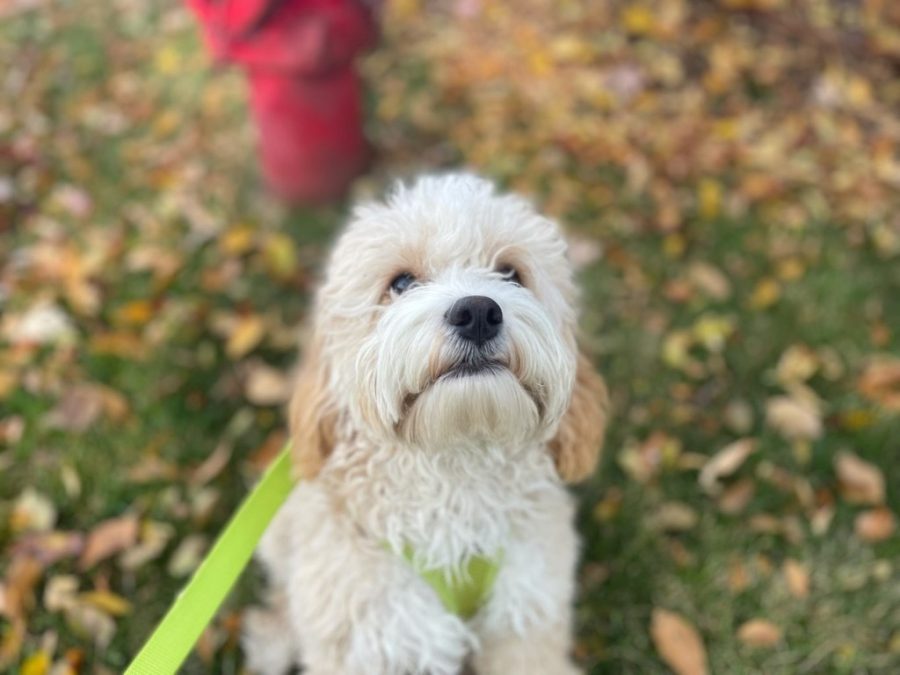Pandemic Pets
Kate Cornell ’25 got new puppy during pandemic named Eddie
Pets make the best friends. So when the COVID-19 pandemic forced people to stay isolated in their homes, many turned to animals to keep them company.
It was common for people to make the decision to bring a dog into their family. In a survey conducted by the Knight Errant, 65.4% of members of the BSM community said they purchased a dog during the pandemic. For dogs, being raised or adapting to a new environment during a pandemic can affect their behavior. People being at home more often means their dogs won’t experience much independence and therefore may struggle being alone. Freshman Kate Cornell has seen this issue with her cavalier-poodle puppy that her family bought during the pandemic. “Whenever we leave or even go upstairs, he starts barking uncontrollably. He really can’t be alone unless he’s in the crate,” Cornell said.
Some people turned to the company of less common pets. Members of the BSM community bought a wide range of obscure animal companions including chickens, geckos, a bearded dragon, and a rabbit. Sophomore Sophia Parish bought ducks and built them a house and cage in her backyard. She was able to provide them a lot of extra attention because of the pandemic. “We played with them a lot. We had them on a 24 hour watch cycle so everyone had to take turns because they were outside,” Parish said.
Adopting animals from shelters was also popular during the pandemic. Adopted pets often have unknown histories when it comes to their treatment and training. That is why it can be hard to tell if they are affected by the lifestyle of their owners during the pandemic or by some other factor from their past. Latin teacher Rob Epler adopted a cat named Jimmy who struggles with litter box use and has a skittish nature. “Really hard to say how much of Jimmy’s quirkiness is just his personality, or how much is from how he lived/was treated by the family that had him before us, vs. how much is tied to the pandemic,” Epler said in an email interview.

As life returns back to normal, pet owners have had to help their pets learn to spend more time by themselves. Some pets may enjoy the peace and quiet of everyone returning to work and school while others will not. Younger dogs especially may have a hard time adjusting to the lack of attention and energy in their homes. To transition them into being comfortable alone, owners may try and give them space when possible. “Just leaving him alone, like when he’s sleeping or something and doesn’t need a lot of attention to see if he is able to go alone,” Cornell said.




































![Teacher Lore: Mr. Hillman [Podcast]](https://bsmknighterrant.org/wp-content/uploads/2025/03/teacherlorelogo-1200x685.png)





